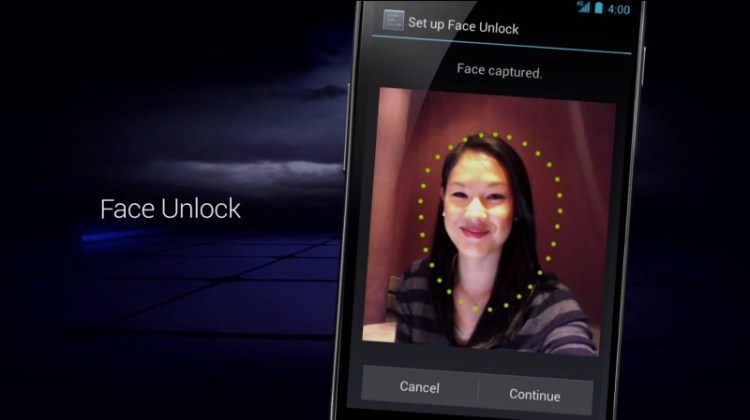During the next decade we’ll see a jump in the number of devices that can recognize our faces for authentication and surveillance purposes.
According to a new report from Tractica, annual facial recognition devices and licenses will increase from 28.5 million in 2015 to more than 122.8 million worldwide by 2024.
Tractica says the technology will be widespread in devices used by consumers, enterprises, and governments.
“Adoption of facial recognition will be particularly strong during the next several years in mobile device authentication, but areas of growth will also include government applications such as national ID cards and biometrics passports, as well as finance/banking and retail applications,” Tractica says in a statement.
June 5th: The AI Audit in NYC
Join us next week in NYC to engage with top executive leaders, delving into strategies for auditing AI models to ensure fairness, optimal performance, and ethical compliance across diverse organizations. Secure your attendance for this exclusive invite-only event.
Researchers say that facial recognition can be far more accurate than other biometric methods of recognizing and authenticating users.
Between 2015 and 2014 Tractica expects annual revenue for facial biometrics – including both visible light facial recognition and infrared-based facial thermography – to increase from $149.5 million to $882.5 million, at a compound annual growth rate of 22 percent.

“The largest use case for facial recognition is mobile device authentication,” says principal analyst Bob Lockhart. “This use case is defined in massive volumes, but at a small unit price.”
“The next substantial use case for facial recognition is to identify persons of interest. This use case exists in government, defense, law enforcement, and enterprise markets. Future applications include anonymously profiling people for uses like customized digital signage.”

